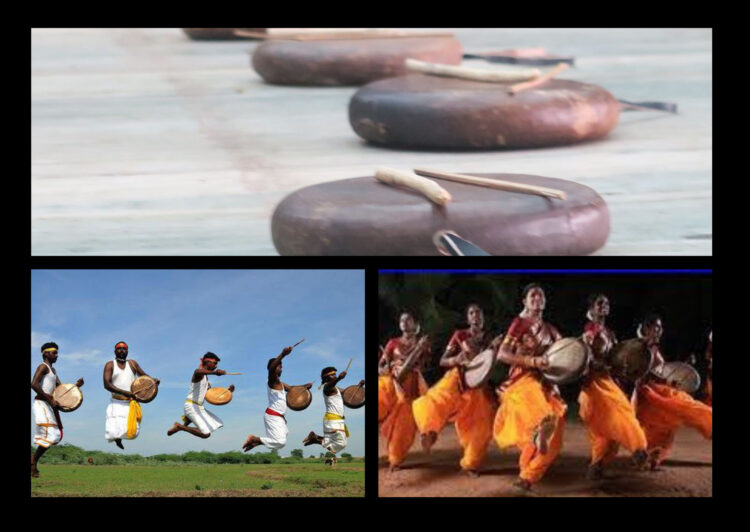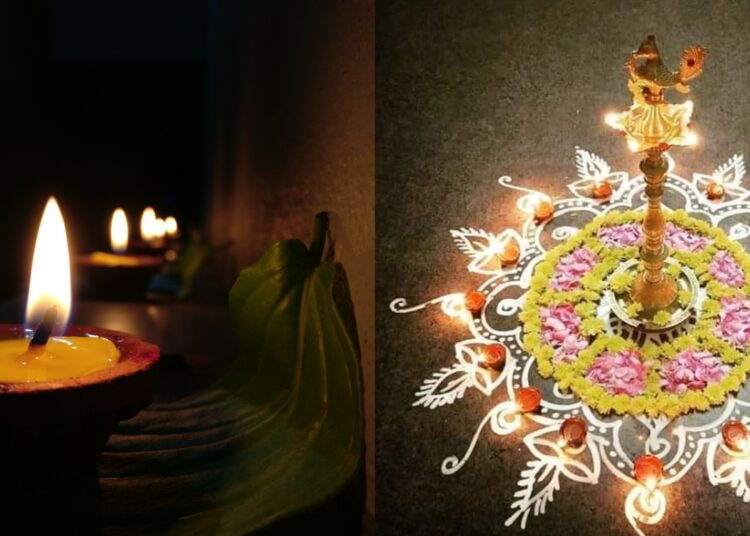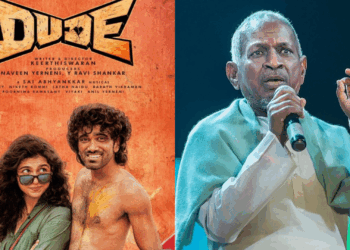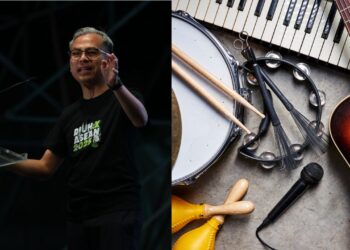“Parai” denotes to the meaning “to speak or to communicate”. Dating back to prehistoric times, it is one of the earliest Indian percussion instrument.

In the royal palaces of Sangam, Chola, and Pandiyan kings, Parai was utilized for entertainments and announcements. These instruments were used to broadcast significant messages, Tamil monarchs’ instructions to alert the general public to impending threat or conflicts, victory and defeat announcements, and gatherings for important announcements or events.
Hindu burial rites have used parai since ancient times as a burial custom. It is more commonly referred to as Tappu, a term that means inaspicious, in burial ceremonies.
Parai has been long associated with death rituals in the Indian community. But now we can witness that our youngsters breaking the stigma by honouring the Parai in temple thiruvizhas and other auspicious events like Thaipusam. This has brought interest in many youngsters all over the globe to learn the Parai. Parai Attam is the name of the artistic performance that makes use of the Parai drum.
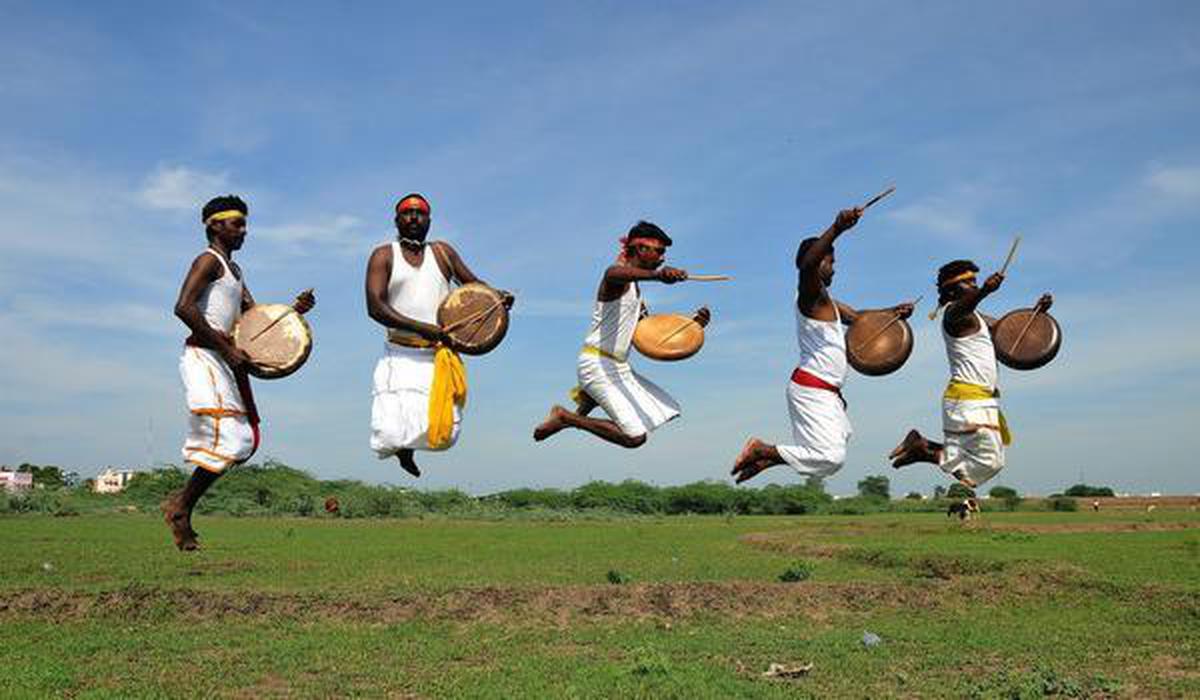
Indians all across the world honour the Parai on numerous occasions as a way of showing gratitude over the gifts our forefathers have bestowed on us. The Parai is also a crucial tool in the commercial film industry.
Here are some songs that uses Parai as their key instrument:
1. Kandaa Vara Sollunga from Karnan.

2. Naakka Mukka from Kadhalil Vizhunthen.

3. Paatan Adicha Paarai by Diwakar.

4. Verithanam from Bigil.

5. Makka Kalanguthappa from Dharma Durai.

The adoption of Parai has helped people to get together better, overcome stereotypes, and appreciate the legacy of our forefathers. Its performance has evolved into a representation of vitality and life that must be treasured for a very long time.
Follow us on Instagram, Facebook or Telegram for more updates and breaking news.


